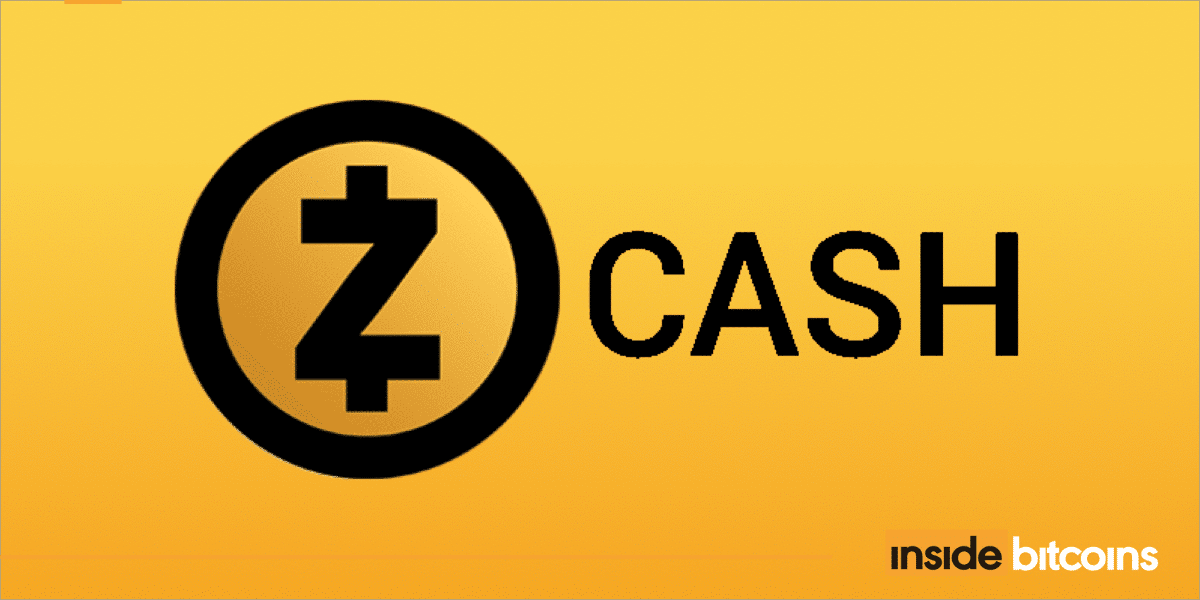The world of cryptocurrency is bursting with innovation, and one of the hottest topics right now is the arrival of Bitcoin ETFs. But before you jump into the trading fray, let’s unravel the mysteries surrounding these intriguing financial instruments.
Imagine a basket filled with Bitcoin, wrapped up neatly and traded on a traditional stock exchange like the NYSE. That’s essentially what a Bitcoin ETF is. It’s an exchange-traded fund specifically designed to track the price of Bitcoin, allowing investors to gain exposure to the digital currency without actually owning it directly.
There are two main ways a Bitcoin ETF can function:
Spot Bitcoin ETFs: These ETFs are backed by physical Bitcoins that underpin the value of the ETF. When the price of those Bitcoins goes up, the value of your ETF shares rises proportionally. It’s a convenient way to invest in Bitcoin without directly dealing with exchanges or wallets.
Bitcoin Futures ETFs: These ETFs don’t hold actual Bitcoin, but instead invest in Bitcoin futures contracts. These are agreements to buy or sell Bitcoin at a specific price in the future. The value of the ETF shares is then tied to the price of these futures contracts, which indirectly reflects the price of Bitcoin.
The approval and regulation of Bitcoin ETFs vary across jurisdictions. Regulatory bodies, such as the U.S. Securities and Exchange Commission (SEC), wield significant influence in approving or rejecting proposals for Bitcoin ETFs. This regulatory landscape introduces an additional layer of complexity and scrutiny for these investment instruments.
Bitcoin ETFs offer several potential benefits for traders:
Accessibility: They provide a convenient and regulated way to invest in Bitcoin through traditional brokerage accounts, eliminating the need to deal directly with cryptocurrency exchanges.
Liquidity: ETFs generally offer higher liquidity than buying and selling Bitcoin directly, making it easier to enter and exit positions.
Reduced volatility: Some experts argue that ETFs could potentially smooth out Bitcoin’s notoriously volatile price movements, making it a more attractive asset for risk-averse traders.
Diversification: ETFs can be a good way to diversify your portfolio and gain exposure to the cryptocurrency market without putting all your eggs in the Bitcoin basket.
However, it’s important to remember that Bitcoin ETFs are still in their infancy, and there are potential risks to consider:
Regulation: The regulatory landscape surrounding cryptocurrency ETFs is still evolving, and there’s a possibility of future restrictions or changes in regulations.
Fees: ETFs typically charge management fees, which can eat into your returns.
Counterparty risk: Depending on the structure of the ETF, you may be exposed to counterparty risk, meaning the entity holding the underlying assets could default.
Bitcoin ETFs hold the potential to revolutionize the way people invest in Bitcoin. For traders, they offer a convenient and potentially less volatile way to gain exposure to this exciting asset class. However, it’s crucial to do your research, understand the risks involved, and invest responsibly.
Remember, the world of cryptocurrency is dynamic, and information can change quickly. Always keep yourself updated and consult with a financial professional before making any investment decisions.
















